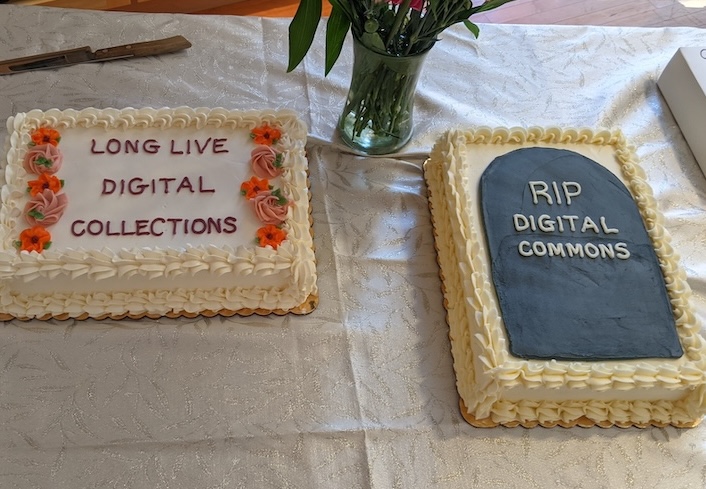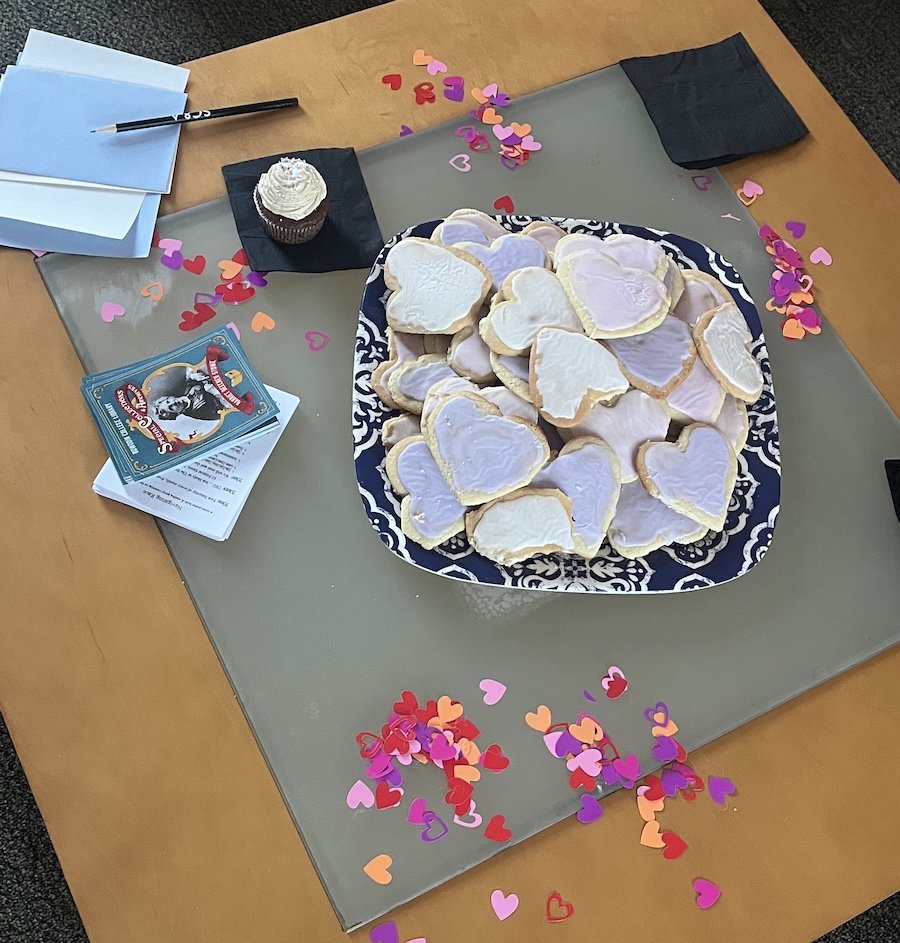Students Learn Art of Curating as They Research Photography Exhibit
By Tom Porter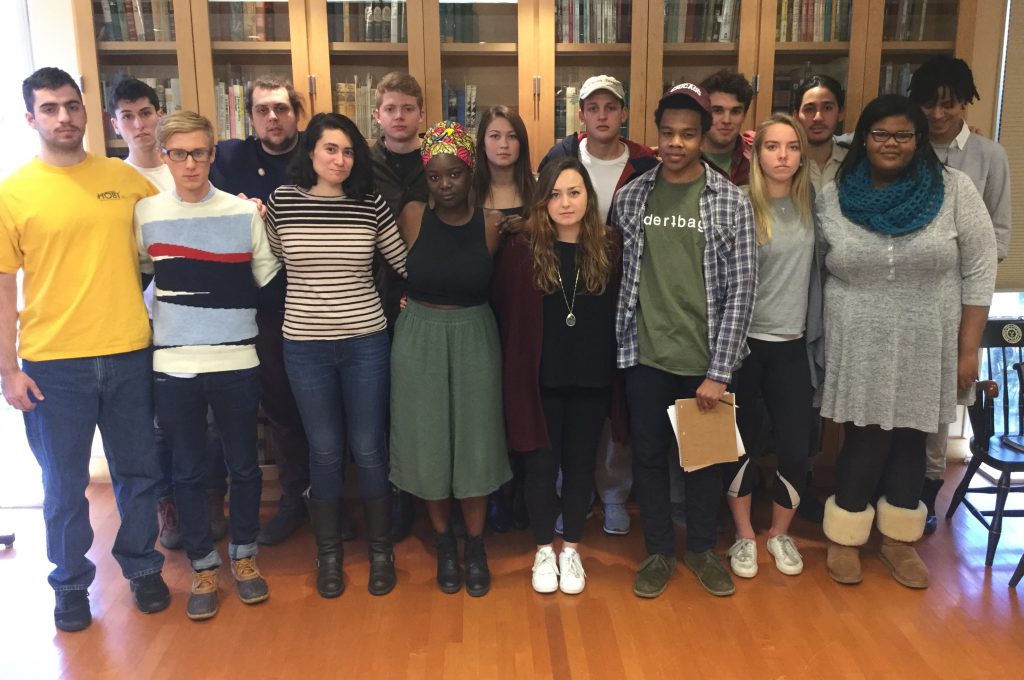
The sixteen students who took assistant professor Dana Byrd‘s fall art history class received a new kind of learning experience: instead of the usual round of seminars, lectures, and essays, they were tasked with sharpening their archival research skills and curating an exhibition based on the photographic holdings of the College’s George J. Mitchell Department of Special Collections & Archives (SC&A). “Shoot, Snap, Instagram: A History of Photography” opened on January 25, 2017 and is on view in the second floor gallery of the Hawthorne-Longfellow Library until June 5, 2017. “There are sixteen different themes on display, one for each student,” said Byrd, “all under the rubric of the history of photography.” Moving from the advent of photography to the modern day proliferation of digital images, the exhibition articulates the centrality of photography in our everyday lives at Bowdoin College and beyond.
Special Collections Education & Outreach Librarian Marieke Van Der Steenhoven worked closely with the class, hosting workshops to model the curatorial process and working one-on-one with students to assist their research. Under Van Der Steenhoven’s guidance, the students transitioned from being class participants to active researchers and curators. “The project has given them real experience of what research is like in an archive,” she said.
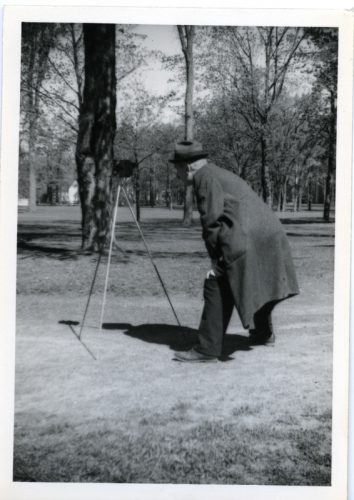
Byrd said the students were given a lot of leeway in choosing their subjects and their material. The exhibition is organized around themes, including intimacy, stream of consciousness, identity, and social justice, and presents personal snapshots, student yearbooks, artists’ books, and early photographs. “It was really great to have the students delve into Bowdoin’s history,” said Byrd, “answering questions like when was the first group portrait taken? And when was the last edition of the Bugle published? And how has the appearance of students changed?”
“A Spectacle of Student Identity: The Bowdoin Bugle,” was the theme chosen by Ama Gyamerah ’17, who studied copies of the student yearbook, The Bowdoin Bugle from 1858 to 2012, its final publication year. “I wanted to see how students, and student life, were portrayed in the Bugle over these years and how that corresponded to the technological and social changes that occurred,” she said. Gyamerah chose three page spreads, from 1913, 1976, and 2012, to demonstrate how students have used photography to express identity, individually and as a student body over the years.
Ethan Bevington ’19 explored the notion of intimacy in photography. “I wanted a subject that threads itself throughout the history of the medium.” His material includes a nineteenth century miniature tintype photo album from the Rowland Bailey Howard Papers, which Bevington said he “fortuitously stumbled on” while searching SC&A for daguerreotypes. He finds the family album curiously intimate: “I can imagine myself as the original owner holding it and seeing people you know and talking about them.” Bevington described another selection as his “weirdest.” “It’s a plate from André Kertész’s photograph book Distortions (New York: Knopf, 1976). Kertész’s portrait of a female nude, taken in a funhouse-stye hall of mirrors, “playfully challenges us to think about how female bodies are represented.” Bevington said his biggest lesson from the exhibition was an awareness of the need to be flexible when researching in SC&A, “I went in with an idea of what my objects were going to be, and I totally diverged from that.”
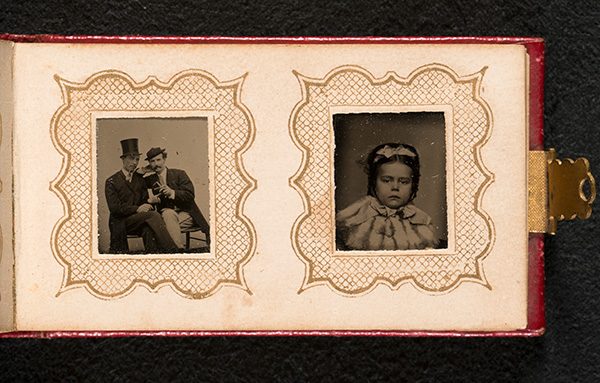
Noah Dubay ’19 chose “signs and social change” as his theme. What he valued most about the project was the challenge of writing the labels, “because you’re not aware of how short 200 words is until you’re right in the middle of writing them, and you realize you have so much more you want to say.” Choosing the right words for an exhibition label, he said, is an act of skillful restraint he was not fully aware of before undertaking this project.
Fellow sophomore Luke Carberry compared the traditions of abstract and realist photography, particularly the realist school known as Group f/64. “These photographers used a very small aperture so they could depict life with a clarity not seen before. These two schools saw themselves as markedly different, but I found many similarities.” Carberry said he was struck by how realist photos can look abstract and vice versa, something he hoped to convey in the three works he chose, which include a book of Man Ray’s photography, an edition of Walt Whitman’s Leaves of Grass with photogravures by Edward Weston, and a photobook by Olafur Eliasson.
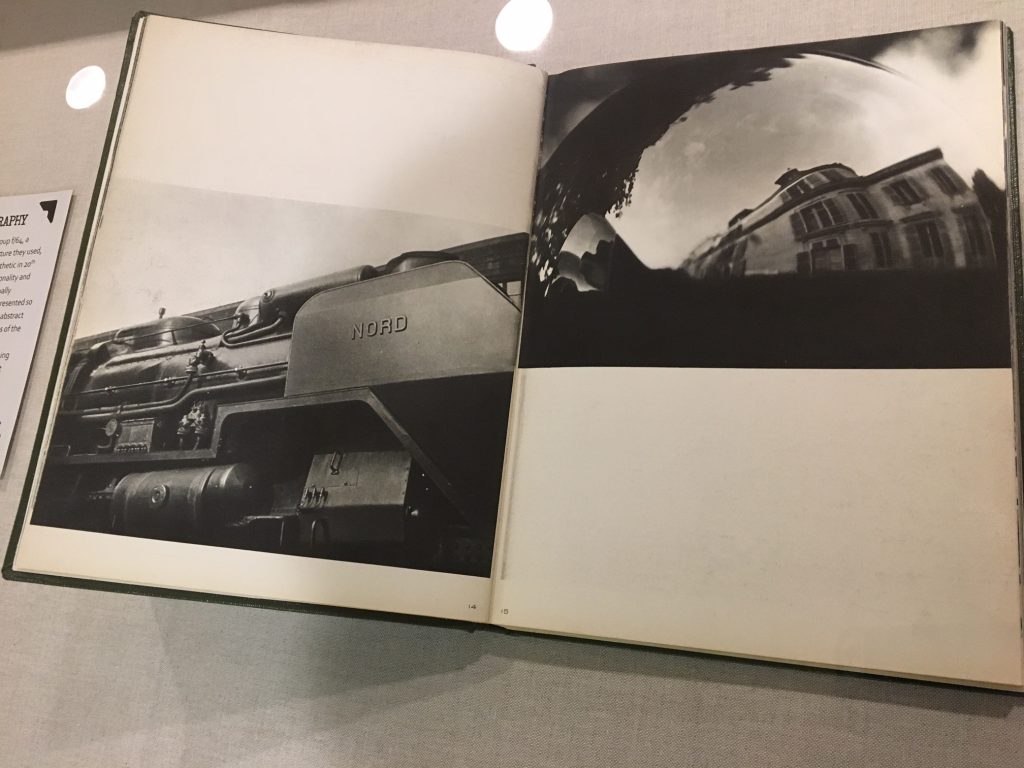
Although she is the teacher, Byrd said she learned much from her students as they put this exhibition together. “They had this incredible ability to understand photography in a way I had not yet mastered. I could certainly talk about it very academically and historically.” But, when it came to analyzing, for example, the differences between someone’s Instagram photo and their driver’s license, Byrd said the students showed a way of interpreting this that was new to her. “I am grateful for them for teaching me so much about today’s technologies. I also find it deeply rewarding that they were able to put on such a remarkable exhibition after delving so deeply into the Bowdoin archives. And unlike their regular work, which would be for my eyes only, these efforts are on display for everyone to see and enjoy!”
